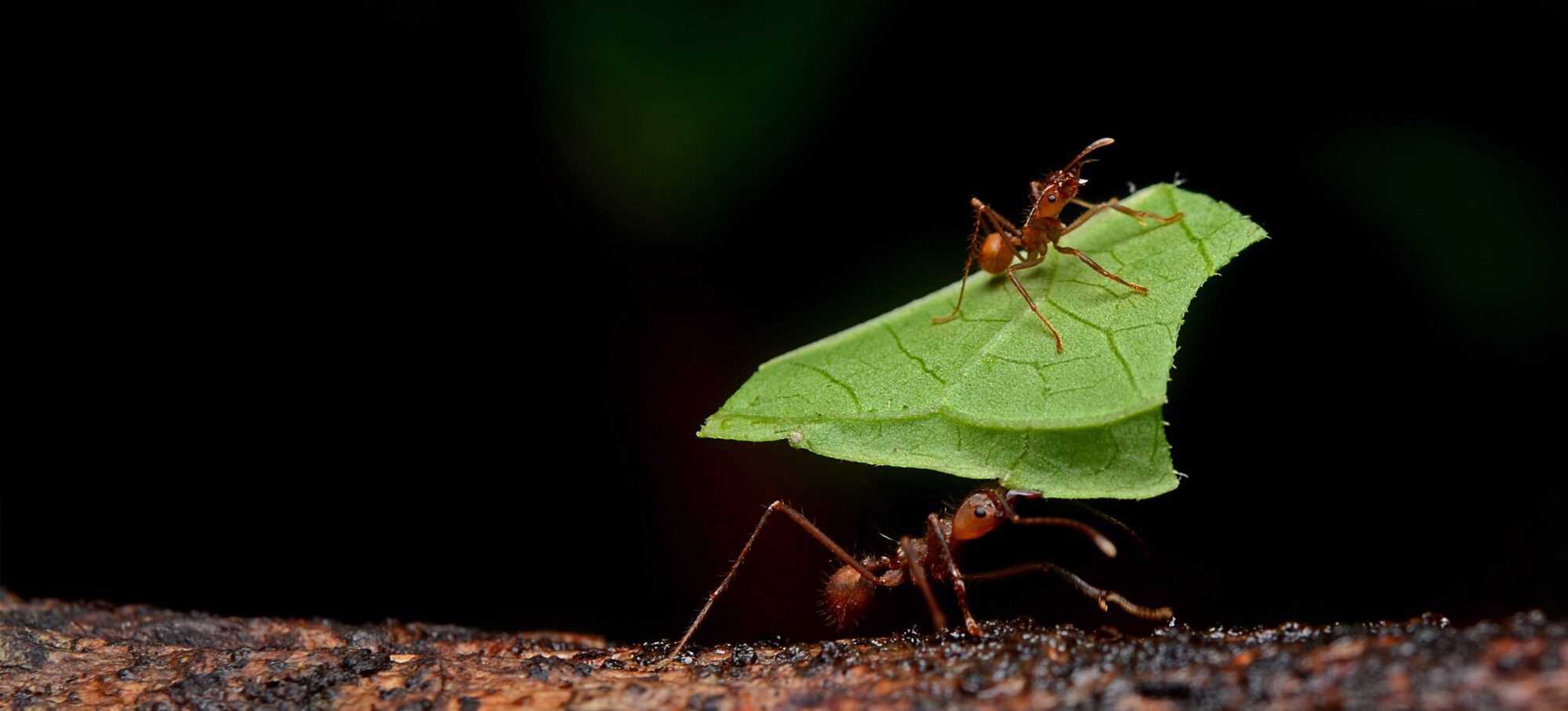What does a Space-X or Soyuz capsule carry as cargo to and from the International Space Station (ISS)? In 2015 and 2016, among the freeze-dried apple slices, it included kits to collect bacteria and send them back to Earth. The goal was to study which bacteria inhabit ISS, on the dining table, hygiene compartment, the permanent multipurpose module, and other places. And to uncover their antibiotic resistance patterns. Nearly 60 strains of microbes where identified. Antibiotic resistance was found against penicillin (92 %), oxacillin (68%), rifampin (66 %), erythromycin (64%), cefoxitin (49%), cefazolin (29%), tobramycin (19% ), and gentamicin and ciprofloxacin (14%) (these were all the drugs tested). The most resistant species was the bacterium E. bugandensis: with the exception of 2 strains sensitive to tobramycin, all six isolates from ISS were resistant to all 9 antibiotics.
This is an intriguing story, but even more so since E.bugandensis showed up. E.bugandensis was discovered in 2010, in a pediatric ward of the Bugando Medical Centre in Mwanza, Tanzania. A place in all aspects at the very opposite of ISS. Child mortality is high in Tanzania, and out of the children that die before the age of 5, 32 % passes away in the first 28 days, of which bacterial infections are a common cause of death. Scientists who identified E. bugandensis in children that suffered from neonatal septicemia found resistance against many antibiotics: ampicillin, amoxicillin/clavulanic acid, piperacillin/sulbactam, piperacillin-tazobactam, cefa-lotin, cefuroxime, cefuroxime-Axetil, cefoxitin, cefpodoxim, cefotaxim, ceftazidim, gentamicin, tobramicin, ciprofloxacin, norfloxacin, tetracyclin and trimethoprim/sulphamethoxazol.
The team in Tanzania discovered that the resistance was caused by the IncH12 plasmid. A plasmid is a circular piece of DNA that can carries genes, and mechanisms exist to transfer a plasmid from one to another bacterial cell. IncH12 is also known to cause resistance against metals. And, 408 km in orbit, the most advanced collaborative masterpiece of humanity flies over, home to the same bacterial species, resistant to many antibiotics… and guess what? Most of these resistance genes are actually metal resistance genes.
The relation between metal resistance and antibiotic resistance genes is not new. That a new species is identified in Africa, then found in space, and has never been observed without a broad antibiotic resistance phenotype that associates with metal resistance, well… that is striking.
There are many question to be addressed, before we draw conclusions that (heavy) metals cause resistance and childhood mortality in Tanzania. The underlying reasons for the antibiotic resistance on ISS have not been elucidated yet. Space is a harsh environment, and many triggers have to be considered. But if we put our both feet on the ground, we could suggest that at least sometimes, antibiotic resistance may be the result of events that are not related to antibiotics. The gold fever that brought industrial mining -and heavy metal pollution- to Tanzania many decades ago could have provided the suitable trigger for the resistant-greedy E.bugandensis. And if resistance against metals, like resistance against antibiotics, is accelerated by low concentrations, then E.bugandensis is a clear warning light, bright as a star, urging us to look over our horizon and take action accordingly.
References
https://www.nature.com/articles/s41598-017-18506-4#Bib1
http://www.microbiologyresearch.org/docserver/fulltext/ijsem/66/2/968_ijsem000821.pdf
https://www.jamiiforums.com/threads/tanzanian-scientists-discover-dangerous-bacteria-in-mwanza.986562/
https://www.nature.com/articles/srep25312
http://adsabs.harvard.edu/abs/1996ScTEn.191…59I

